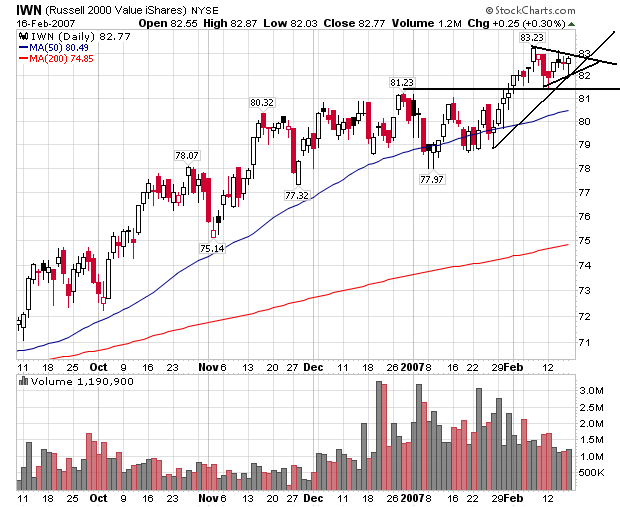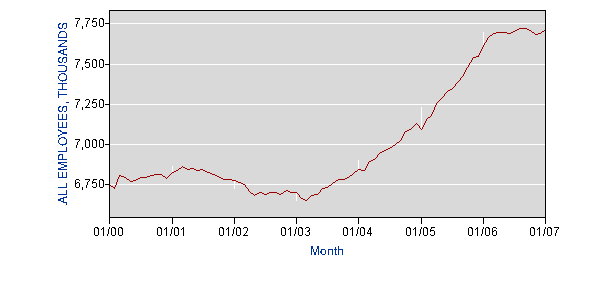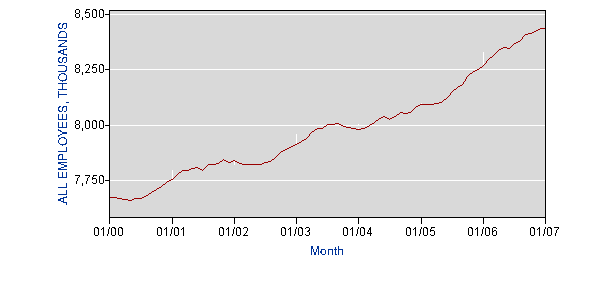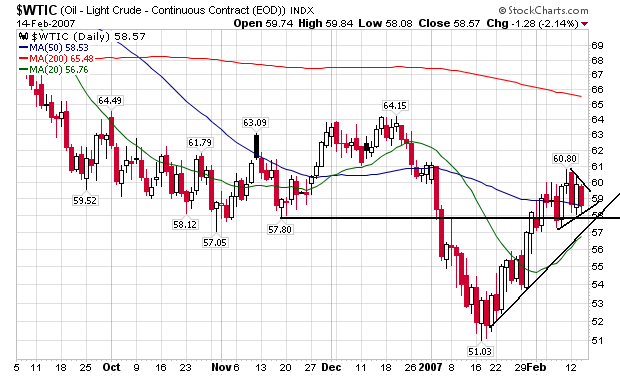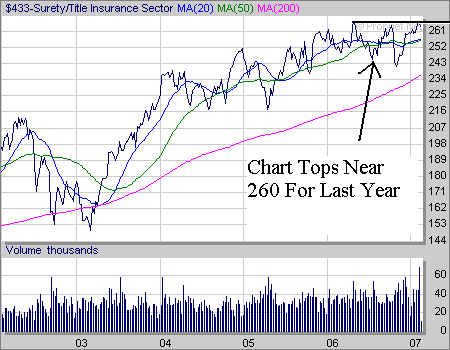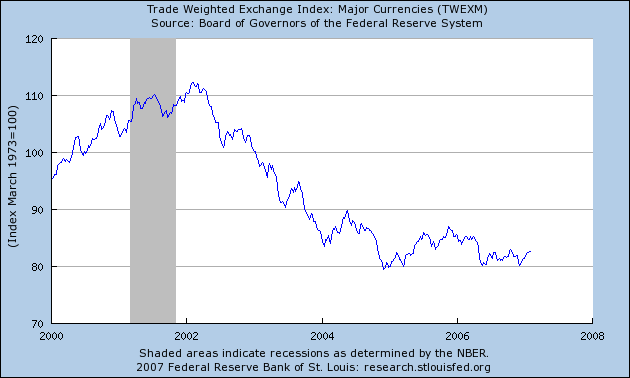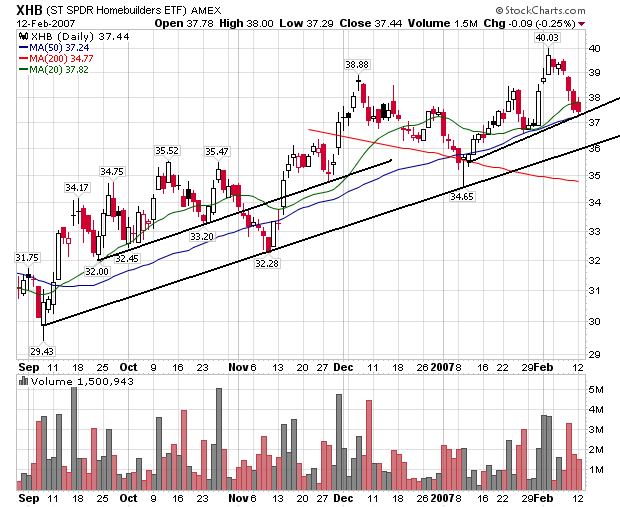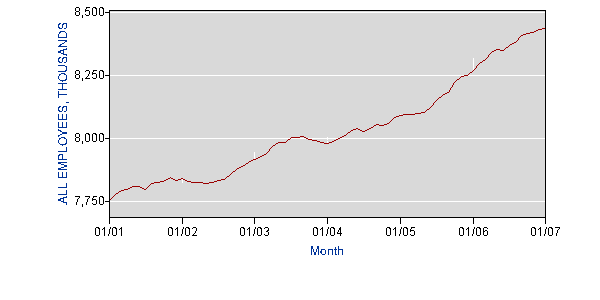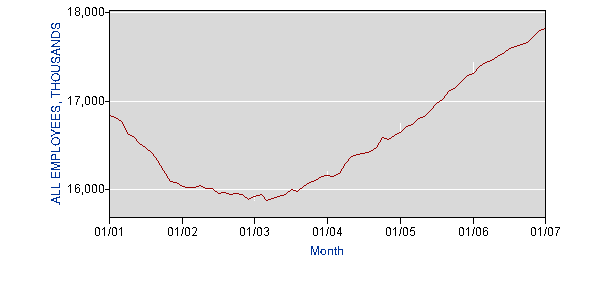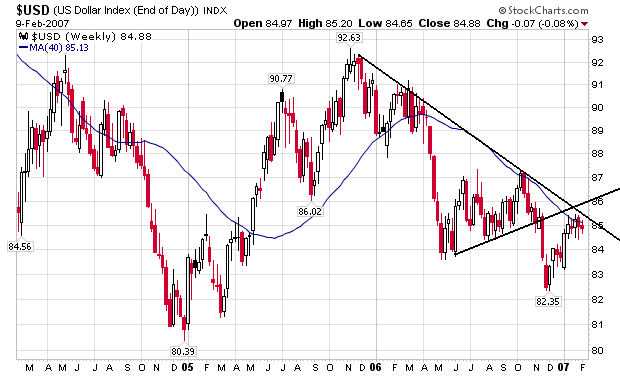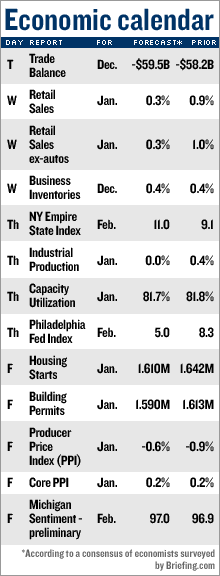Committee hearings on Capitol Hill focusing on the abuse of taxpayer funds, Iraq re-construction process and wrangling in the Senate over non-binding resolutions on Bush’s Iraq war have understandably taken center stage in recent media coverage. But there’s another set of congressional hearings under way equally as important for America’s workers.
Rep. George Miller, head of the House Committee on Education and Labor, on Jan. 23 launched
hearings on Strengthening America's Middle Class: Finding Economic Solutions to Help America's Families.
The committee is considering three main items:
- Creating a competitive economy that includes good new jobs that pay well.
- Restoring workers' rights—including their freedom to bargain for better wages and benefits.
- Making health care more affordable and accessible.
Or, as AFL-CIO Secretary-Treasurer Richard Trumka summarized when the hearings reconvened Feb. 7:
Why, in the richest country in the world, is it so difficult for so many families to make a living by working?
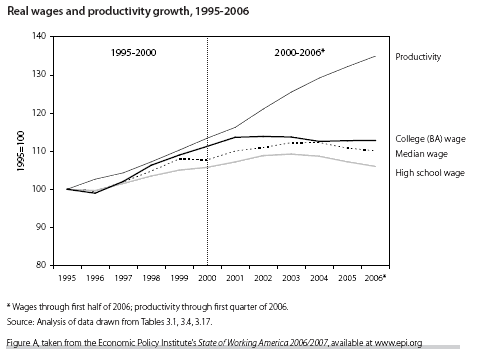
It’s safe to say that in the Republican-controlled Congress of recent years, this committee—which under Republicans was renamed the Committee on Education and Economic Opportunities, in a
deliberate slap at unions—never considered the growing economic distress of the middle class.
When hearings opened Jan. 23,
William Spriggs, an economics professor at Howard University in Washington, D.C., told committee members the economic recovery, which began six years ago, has not benefited working families. Instead it has meant more money for the rich while working people and the poor have seen their standard of living stall or drop.
One cause of the widening gap, says Spriggs, is the failure to raise the
minimum wage for 10 years. But that’s only one source of the problem. Says Spriggs:
The other source is the redistribution of corporate income, from wages to capital income. The latest data from the Bureau of Economic Analysis shows that the share of corporate-sector income going to wages is down to its lowest share in over 25 years….The latest CBO [Congressional Budget Office] figures show that almost 60 percent of capital income goes to the top 1 percent in the U.S. income distribution.
Behind the unequal distribution of the nation’s wealth is a much more fundamental change in our country’s economic policies, according to Trumka.
He told the committee:
The shift in economic policies in the late 1970s from a “Keynesian consensus” to what George Soros has called “free market fundamentalism” explains much, in my view, about changing corporate behavior, the imbalance of power between workers and their employers, stagnating wages and the growing divide between productivity and wages.
Describing “free market fundamentalism” policies as a box that systematically weakens the bargaining power of America’s workers and drives the growing inequality of income and wealth in our country, Trumka continued:
On one side of the box is “globalization,” unbalanced trade agreements that force American workers into direct competition with the most impoverished and oppressed workers in the world, destroy millions of good manufacturing jobs and shift bargaining power toward employers who demand concessions under the threat of off-shoring jobs.
On the opposite side of the box are “small government” policies that privatize and de-regulate public services and provide tax cuts for corporations and the wealthy, all to “get government off our backs.”
The bottom of the box is “price stability.” Unbalanced macro-economic policies that focus exclusively on inflation and ignore the federal government’s responsibility to “maximize employment,” even out the business cycle and assure rapid economic growth.
The top of the box is “labor market flexibility,” policies that erode the minimum wage and other labor standards, fail to enforce workers’ right to organize and bargain collectively and strip workers of social protection, particularly in the areas of health care and retirement security.
Climbing out of this box won’t be easy.
Bottom line, Trumka told committee members: We need to follow three important economic values that resonate powerfully with all Americans:
- Anyone who wants to work in America should have a job.
- Anyone who works every day should not live in poverty, should have access to quality health care for themselves and their family and should be able to stop working at some point in their lives and enjoy a dignified and secure retirement.
- American workers should enjoy the fundamental freedom to associate with their fellow workers and, if they wish, organize unions at their workplace and bargain collectively for dignity at work and a fair share in the value they help create.
We took a step in recent days toward achieving the last goal with the introduction of the
Employee Free Choice Act in the House, which I discussed
here in detail last week.
And in coming weeks, we are looking forward to a robust discussion on creating policies that encourage family-supporting jobs stay in this country and developing new strategies for ensuring working families have access to quality, affordable health care. Economists in a new progressive network, the
Agenda for Shared Prosperity, will publish issue papers on these and other critical topics for America’s working families.
In its debut media conference, the Agenda for Shared Prosperity, a project spearheaded by the Economic Policy Institute (EPI), highlighted a paper by EPI economist Jeff Faux on
globalization and economist Jacob Hacker’s plan for
health care reform. The next series of papers will be released Feb. 22 in an event that may include New York Times columnist Paul Krugman, and we’ll be back here with the details.


